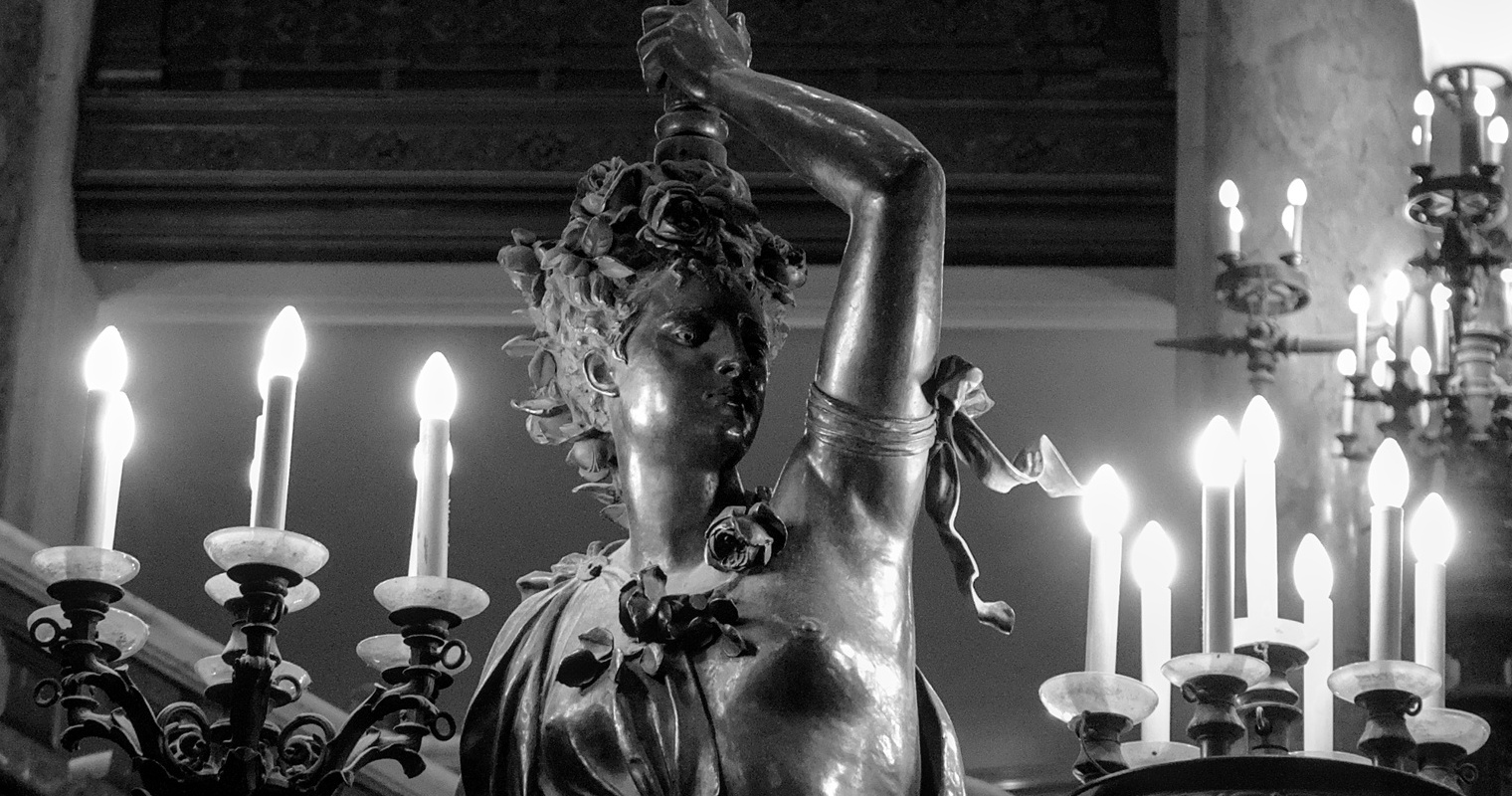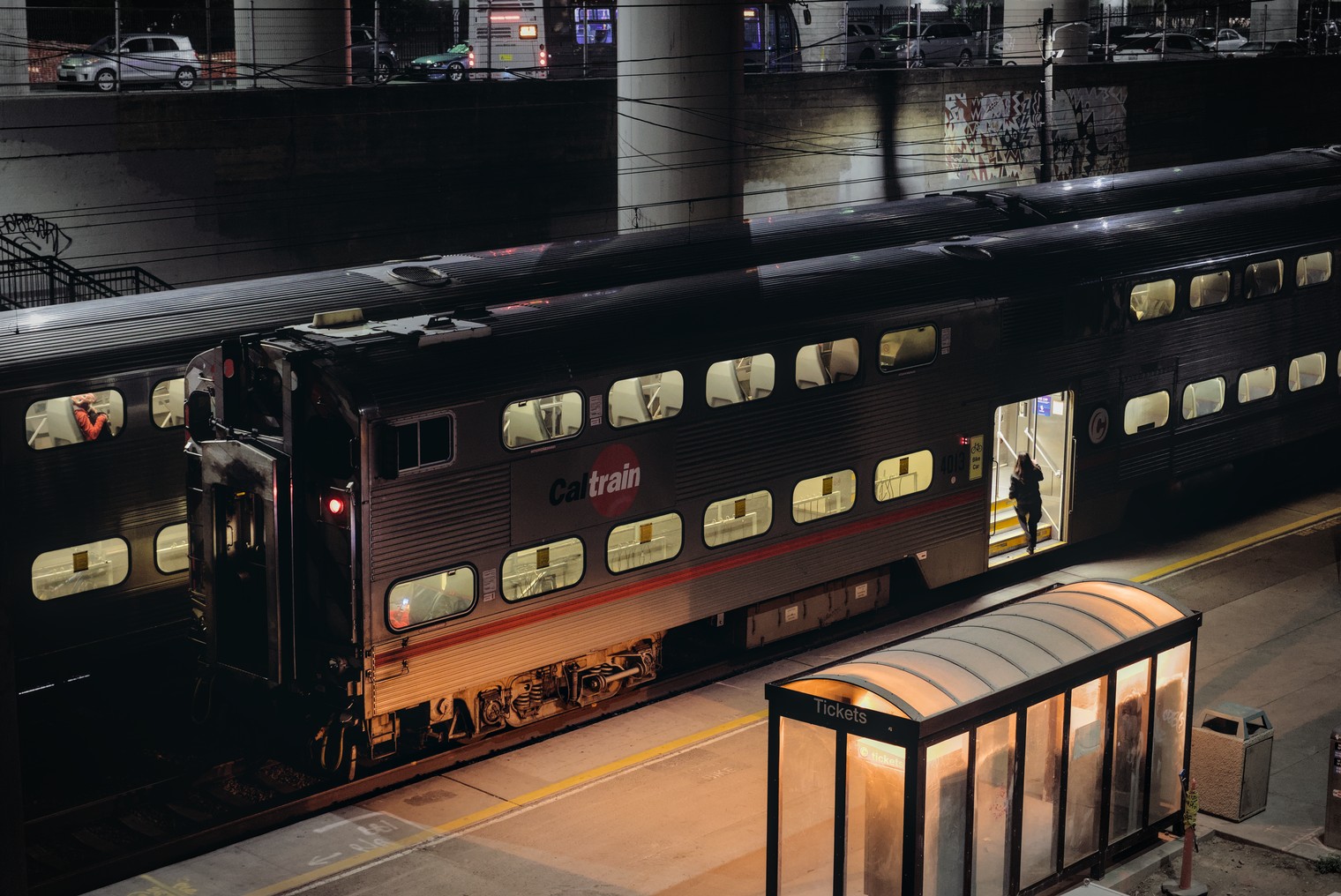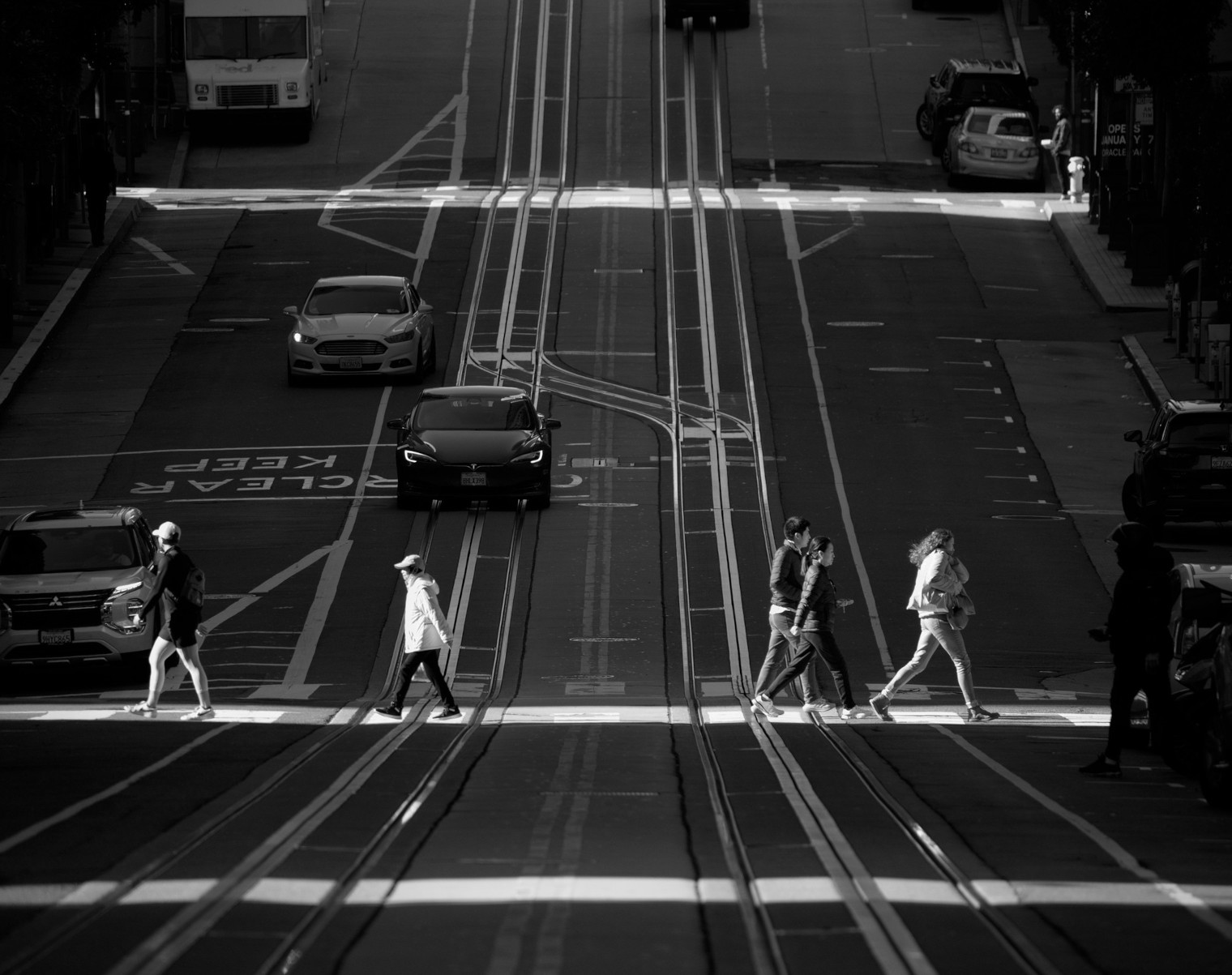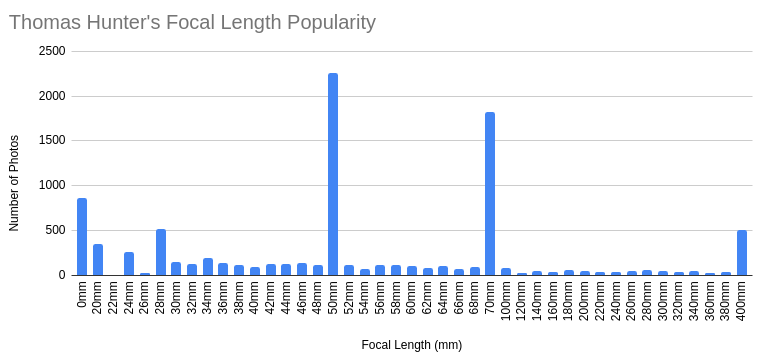After your first 10,000 Photographs
Support this website by purchasing prints of my photographs! Check them out here.In July of last year I bought my first interchangeable lens camera, a Sony a7II and the Sony 28-70mm kit lens. At the time it meant that I was purchasing 8 year old technology but it was a new hobby and I wanted to make sure I was going to stick with it before investing too much money. I immediately fell in love and I basically take a camera with me any time I go out.
Just to put the age of the camera into perspective here's a timeline I assembled of the full frame Sony camera lines:

My Kit Going In
Since getting the camera and lens, and some other equipment, I've taken over 10,000 photos. During that time I've figured out what kind of photos I like to take: mostly zoomed-in landscape and some light street photography. I mostly find myself zooming in for more details versus getting wide. This information helped me buy my next set of equipment.
But before getting into upgrades it's worth noting the lenses that I had on hand around the 10,000 photo mark:
- Standard Zoom: Sony 28-70mm f/3.5-5.6 OSS (Used)
- Prime: Sony FE 50mm f/1.8 (New)
- Manual Telephoto: Minolta Maxxum 70-210mm f/4.0 AF (Used)
Shortcomings
This was a pretty decent lineup, covering focal ranges from 28mm (sorta wide) to 210mm (decently zoomed). But, a few things were still holding me back:
- The standard zoom lens image quality was a bit iffy
- Manually controlling telephoto focus was difficult
- Hard to take crisp photos while hand-holding the camera
- Hard to do major crops without becoming too low resolution
- Low dynamic range made it hard to recover shadows
Here's an example of a photo that I took with this setup. It's an indoor photo with low light. It was taken with the widest open aperture at this zoom level and needed an ISO of 2500. The a7II gets a bit noisy with ISO above around 800 in my experience. Overall I like the photo, and it's certainly better than what you can get from a cellphone, but the noise and softness kept it from being a favorite.

At any rate, with knowledge of the limitations of my kit, and assurance it was a hobby that I would be sticking with, I was ready for some upgrades. Popular opinion online is that you should upgrade your lenses before you upgrade your camera body. Often the lenses are the lowest hanging fruit for picture quality. So with that in mind I first set out to replace my kit lens.
Standard Zoom
Since I wasn't shooting too many wide photos I didn't want to get a dedicated wide angle lens, so getting a standard zoom that could go wider than 28mm was ideal. I also didn't want a lens that was incredibly heavy since it would probably be the one I carry the most. I also didn't want to spend too much money since the hobby wasn't bringing in money.
Of course, me being me, I couldn't make a decision like this without a spreadsheet:

Ultimately I chose the Sony FE 20-70mm G constant f/4 lens. This was due to the low weight of 488g which wasn't too much more than my previous standard zoom lens at 426g. The widest it goes is 20mm which is pretty impressive considering the weight. The $1,100 price tag wasn't too bad when compared to the others, though at this point it was definitely the most I would ever spend on a hobby. This lens was bought from a local camera store, Fireside Camera in San Francisco. I even got to try it out in the store before making a decision.

Telephoto Lens
Next, I wanted something with more reach. After watching tons of reviews, comparing lots of telephoto lenses, I settled on the Sigma 100-400mm f/5-6.3 DG DN OS lens. This lens I purchased on Greentoe for $900. It was a lot cheaper than lenses by Sony but it was still pretty sharp and had a heck of a zoom range. It's not the "fastest" lens, with the largest aperture being f/5. But since I'm not shooting sports it works just fine. I use it for landscape and birds and both have enough light for this lens.
Here's a photo that I took with the a7II and the Sigma 100-400mm:

I love this photo. It really shows how well an eight year old camera can do with a newer lens. But the problem is that the focus didn't hit the people crossing the road, but instead hit the cars behind it. The Sony a7II was never that good at focusing. This photo was the straw that broke the camel's back and convinced me to finally get a new camera body.
Camera Body
I had been eyeing the Sony a7rIII for a while now. It has a higher resolution and is a little newer than the a7II. New it sells for about $2,000. Used it was going for around $1,300 on eBay. That said, while it would have brought about three years of new technology to my kit, reviews suggested that the autofocusing wasn't too much better than my a7II.
Later I was comparing prices on KEH, a store that buys and sells used camera goods. I was looking at the price between a "LN-" (Like New Minus) a7rIII and an a7rIV. The latter is two years newer and the price was only a couple hundred dollars different, I think $1,500 for the a7rIII and $1,800 for the a7rIV. I decided to buy the a7rIV instead as future proofing, since every time I buy or sell something I'm losing out on some money. I also decided to trade in my a7II and kit lens to KEH to help offset the costs but that adventure is the story for another post.
Here's a photo with the a7rIV and Sony 20-70mm lens:

This isn't necessarily my favorite composition but it's okay. I do like how it shows off how finely detailed the cables can be.
Lens Sharpness
The Sony a7II is a 24MP camera. The Sony a7rIII is a 42MP camera. And the camera I now have, the a7rIV, is a 61MP camera. One thing I didn't think about is that the lenses themselves have a sort of maximum resolution that they can support. Basically, due to imperfections in the glass, the quality of image they can provide isn't infinite.
For example, with the 28-70mm Sony kit lens, maybe it can only properly support a sensor with like 18MP. That would lead to the slight softness on the a7II. Then again, maybe the 50mm f/1.8 can support 30MP, which would make it great on the a7II, okay on the a7rIII, and not the best on the a7rIV.
Marc Alhadeff has a post on his Sony Alpha Blog, Which Lenses to maximise the potential of your Sony A7RIV/ A7RV / A1 / A7IV, where he classifies many lenses based the optical quality and otherwise sharpness values of the lenses. The classes are Outstanding, Excellent, Very Good, Good, Average, and Bad.
According to Marc the lenses that I've owned are ranked like so:
- Sony 20-70: Excellent
- Sigma 100-400: Good
- Sony 28-70: Good
- Sony 50mm f1.8: Average
While I'm reassured to see that the Sony 20-70 is ranked high, I'm surprised to see that the Sony 50mm f/1.8 is ranked lower than the Sony 28-70 kit lens which, in my experience, has been pretty soft.
At any rate my next move is to replace my 50mm lens with the Sony 40mm f/2.5 G lens. That lens is rated as excellent according to Marc. I often want something just a little wider than 50mm but still without feeling too wide. The 40mm f/2.5 is about half the size and a third of the weight of the Sony 20-70mm standard zoom and so I think it'll make for an inconspicuous street photography lens.
Focal Length Popularity
And just for kicks I like to occasionally graph the focal lengths that I'm shooting with based on the metadata in my photo library. So here's a graph with all of the photos that I've taken on both Sony cameras. Here I'm grouping focal lengths below 100mm into 2mm increments, and focal lengths after 100mm into 20mm increments.

And here's an explanation of the large peaks:
- The 0mm mark is from adapted lenses without electrical contacts
- Therefore none of the photos from the Minolta 70-210mm ranges are listed
- Also explains why there are no photos from 70mm to 100mm
- The spike at 24mm is from a Tamron 24mm lens that I returned after testing
- The spike at 50mm is from the 50mm f1.8 lens
- The spike at 20mm is the low end of the 20-70 f4 lens
- The spike at 28mm is from the old 28-70mm f5.6 lens
- The spike at 70mm is from both the old and new standard zoom lenses